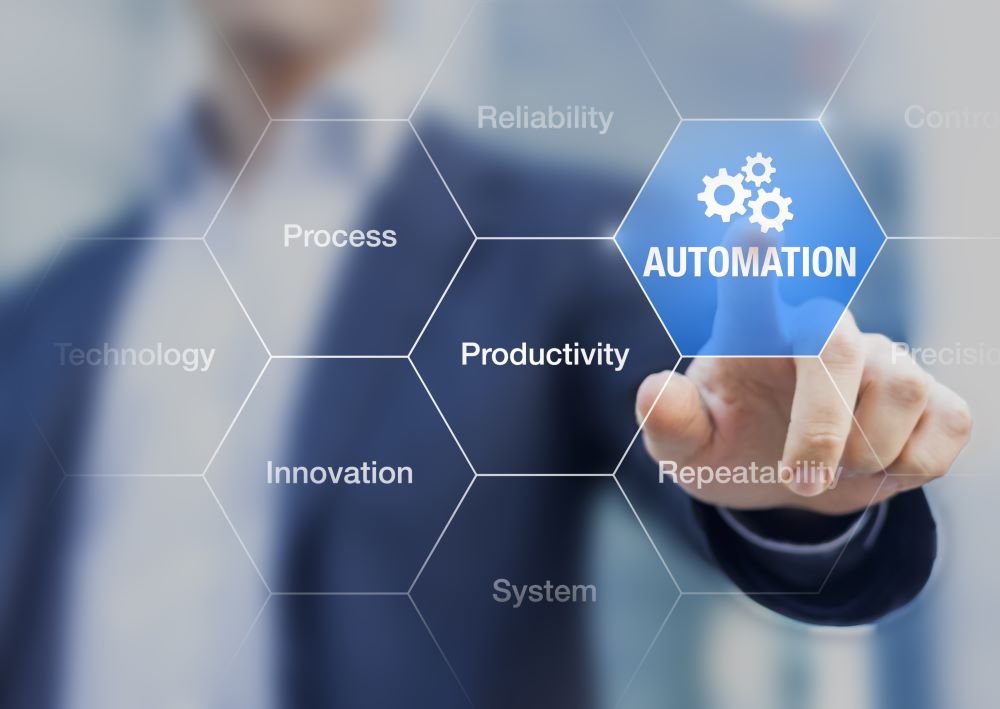
|
|
It is the digitisation and automation of recurring business processes. DPA focuses on automating systems and processes initially, and then enhancing the flow of information between business applications, systems, employees, and customers. As a result, it improves the customer experience by ensuring employees and customers have access to instantaneous data. Whereby robotic process automation mechanises simple, rules-based tasks.
Business requirements are constantly moving due to market demands. To remain ahead of competitors, businesses are implementing a wide range of technologies and applications. This can often result in complications, inhibiting businesses from achieving the efficiency and speed they intend to achieve. Three decades ago, companies relied on Business Process Management (BPM) tools to systemise business functions and reduce operational costs. Nowadays, DPA highlights a client-centric approach to digital transformation by moving away from traditional BPM practices that focus on cost-reduction. DPA focuses on streamlining operations to provide a better customer experience.
By the turn of the 21st century, BPM tools were no longer enough. Companies began implementing Business Process Automation (BPA) solutions to streamline their operations. Repetitive tasks that otherwise require human intervention, such as employee onboarding, file transfers, and office support processes could be automated. However, BPA is also used not just to automate day-to-day business tasks but to achieve end-to-end planning across the company.
Although similar Digital Process Automation varies from BPA by maximising communication between multiple tools and systems, along with employees and customers. Furthermore, DPA looks to automate not just business functions but data management within the business. It allows business users and customers to have real-time information at their fingertips.
DPA can be used to make data readily available for employees, allowing for quick and accurate solutions. In return customers receive a superior service. For example, many businesses design user portals for customer service initiatives. DPA tools help ensure those systems are constantly updated.
DPA platforms don’t always offer intelligent automation abilities. For example, several DPA tools do not provide machine learning for data analytics, and this can be useful in optimising workloads. DPA can be utilised to integrate artificial intelligence capabilities into workflow processes.
You should consider a few key capabilities when choosing digital process automation software:
The low-code build of complex processes is one of the most prominent capabilities of powerful DPA software. For example, some DPA platforms offer drag-and-drop workflow designers that enable users to quickly assemble workflows using prebuilt connecters. As a result, it is easy to manage data, dependencies, and business rules across endless applications and systems.
DPA tools should monitor workflow progress, and based on business needs, send appropriate alerts to the necessary teams. In addition, the alerting functionality should support matters such as possible delays or possible breaches to Service Level Agreements.
DPA software should enable IT to automate, monitor, and manage workflows across the enterprise, pulling together IT infrastructure, data warehouses, and business platforms.
Date: June 7, 2021
Author: Morris